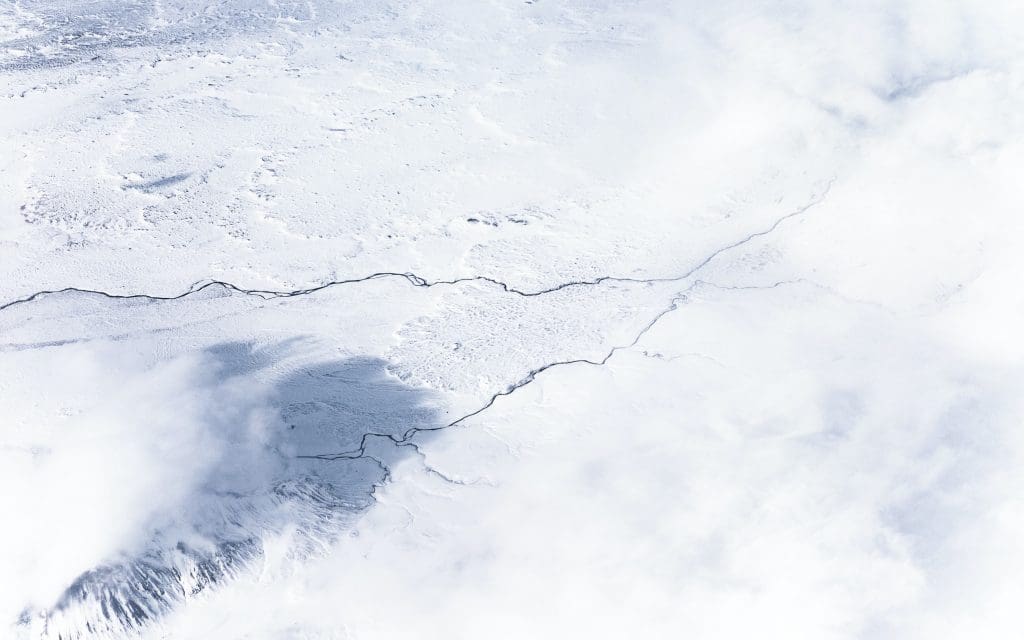Landscape photography is a very popular genre. One has to come up with new ideas and fresh perspectives to be acknowledged and successful. There are several approaches you can follow: travel the world to find unique subject matters; use storytelling to exhibit more than beautiful landscapes (e.g. climate change, environmental issues, etc.); transform landscapes into fine art by creating a unique aesthetic. High-key landscape photography refers to the last approach. You take an ordinary subject matter and use your artistic voice to transform it into a work of art.
What is High Key Photography?
High-key photography is an artistic technique that creates intentionally overexposed images. The photographer ignores the rules of exposure and uses tones lighter than the mid-tone ideal. The result is an explosion of light to the point that hurts the eye.
The photographer uses bright white areas to convey a feeling and enrich the visual story. You don’t have many shadows, which can lead to optimistic and joyful feelings. However, the harsh white can also convey sad feelings. You have a lot to play with and many decisions to make. High-key photography is a personal statement.
How to a Create High Key Landscape
Landscape photographers are usually searching for the best natural lighting conditions. They want a lot of contrast and shadows to add a sense of depth and recreate a 3D space. High-key landscapes may seem flat and lifeless. And they sometimes are. But even the flatness of high key landscape compositions has a purpose and conveys a message.
Photo by Peter Aschoff on Unsplash
To create high-key landscapes, you need to allow more light to enter the camera than you usually do. The easiest way is to expose the darker areas of the scene and let the camera set the exposure. You’ll achieve slightly overexposed areas such as the sky or water surfaces. But that’s not enough to create a high-key landscape. You have to reach bright whites, and allowing the camera to make decisions won’t do it. So, switch to manual mode and experiment with aperture, shutter speed, and ISO.
Large Apertures
Large apertures (small f-number) allow more light to enter the camera. It isn’t something you would usually use with landscapes because large apertures create a shallow depth of field. However, the blurred, overexposed background creates a dreamy mood and invites the viewer to spend more time with your photograph.
Photo by David Hofmann on Unsplash
Long Exposures
A slower shutter speed will allow light to enter the camera for a longer time. You probably use long exposures to capture movement and photograph waterfalls and rivers. But imagine using long exposures to photograph a field covered in snow or a foggy morning in the mountains. You will reach an abstract white that enhances the story and adds a new dimension. The viewer will feel the cold and the solitude of the landscape.
Photo by eberhard grossgasteiger from Pexels
High ISO Values
By increasing the ISO value, you increase the sensitivity of the sensor. As a result, you’ll have a brighter image. However, don’t overdo it, as high ISO values can add a grainy noise to your photos. An ISO value between 100 and 800 should be enough.
Photo by Matt Palmer on Unsplash
Look for the brightest areas of the scene and see how you can bring them to life. High-key landscape photography works very well with snow and fog. Nevertheless, don’t limit yourself to a single subject matter or style. Experiment with different relief and climates. See how you can bring the desert sand to white and convey high temperatures. See how you can capture the harsh midday sun and frame the laziness and stillness of a summer day. Remember, high key photography is a statement. What do you want your photos to say?
Cover photo by Anders Jildén on Unsplash

